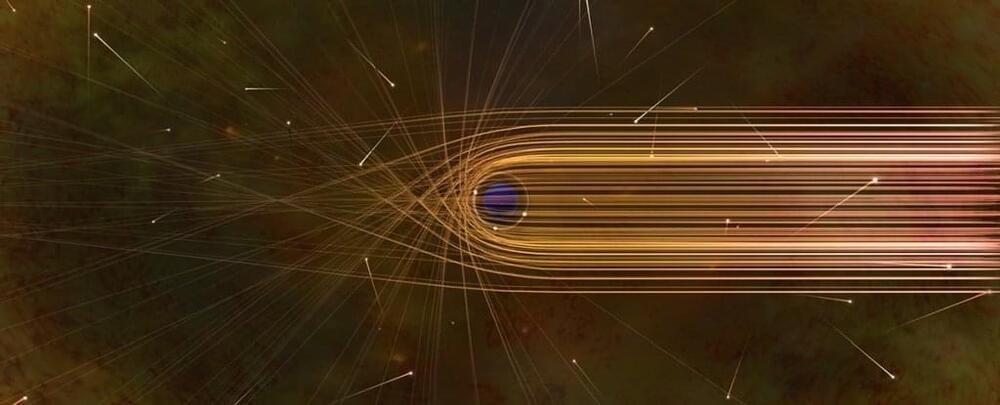Astronomers developed a set of equations that can precisely describe the reflections of the Universe that appear in the warped light around a black hole.
The proximity of each reflection is dependent on the angle of observation with respect to the black hole, and the rate of the black hole’s spin, according to a mathematical solution worked out by physics student Albert Sneppen of the Niels Bohr Institute in Denmark in July 2021.
This was really cool, absolutely, but it wasn’t just really cool. It also potentially gave us a new tool for probing the gravitational environment around these extreme objects.
